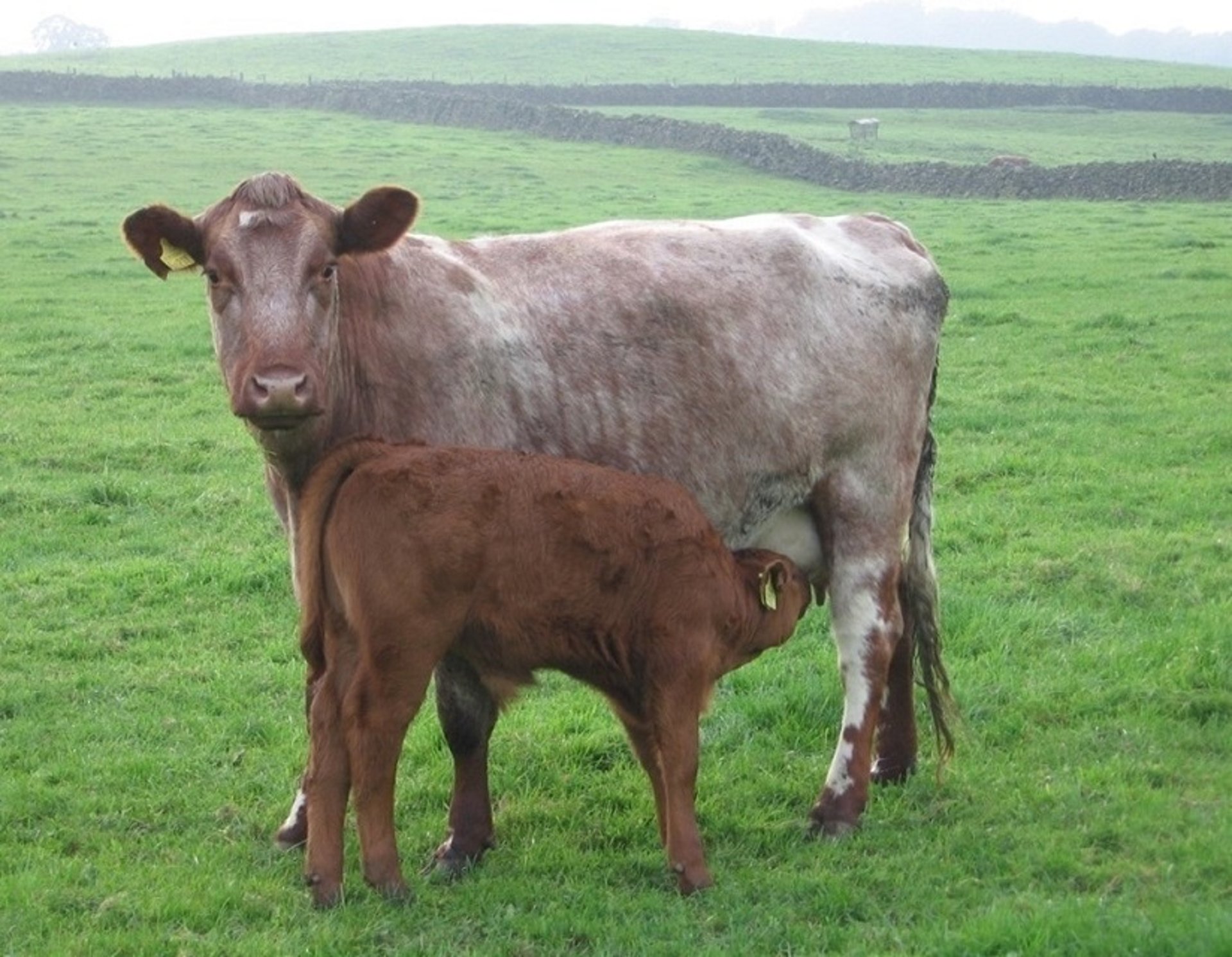Cows and heifers should be moved from winter grounds to calving grounds 2–3 weeks before the calving season begins. They should be sorted into groups based on estimated calving date. This date can be determined at the time of pregnancy examination when cows and heifers are grouped according to the estimated duration of gestation. Separation of the herd into groups enables more concentrated observation of a smaller number of cows or heifers that are more likely to calve and potentially need help.
Cows and heifers should be observed to ensure that they accept and mother their calves. Heifers especially are at risk of rejecting their calves, which increases the risk of calf disease. If heifers do not accept their calves and allow nursing within a short time, they should be brought into the calving barn and restrained to allow the calf to suck. Heifers that experience dystocia and human assistance are at increased risk of rejecting their calves. Cows or heifers that experience difficulty in calving or mothering should be moved to the calving barn for assistance and monitoring.
After a cow or heifer has calved, the cow-calf pair should be moved out of the calving area to a nursery pasture within 24 hours. When the pair has bonded and passive transfer has occurred, movement to a nursery with decreased population density minimizes infection rates. Sick calves in the healthy-nursery pasture should be removed and brought to the barn for treatment. After entering the calving barn, a pair should go to a separate high-risk nursery instead of the general nursery pasture. Calves in the high-risk nursery can be monitored more closely for morbidity and treated promptly. Segregation of these high-risk calves also avoids exposure of the rest of the herd. Ill calves should not be returned to the general nursery area. Treatment equipment should be disinfected thoroughly between calves to avoid the transfer of infectious agents from calf to calf.




